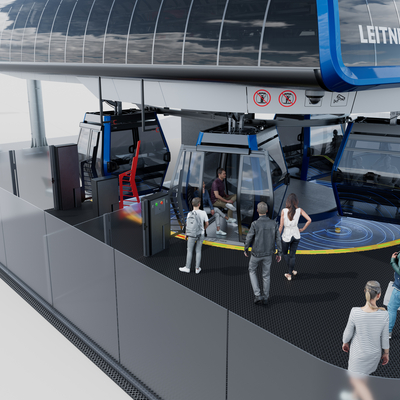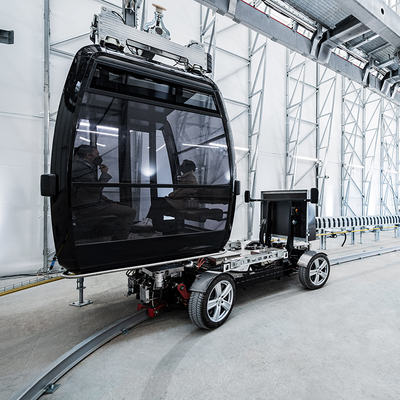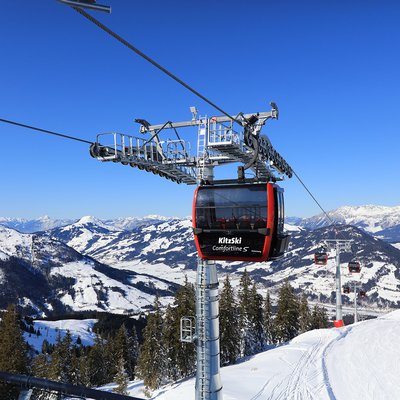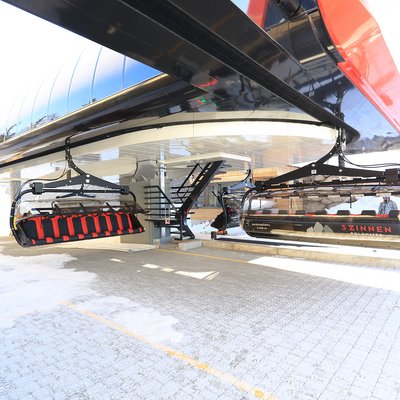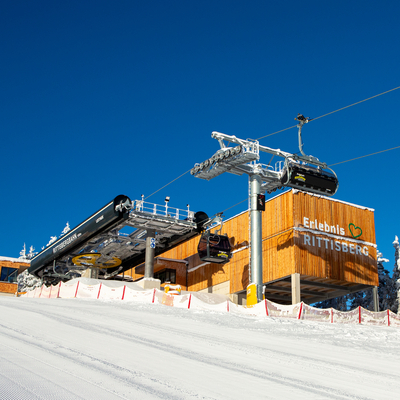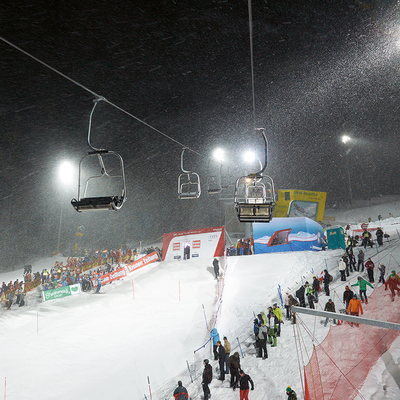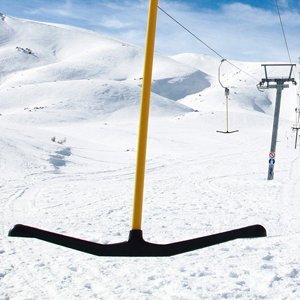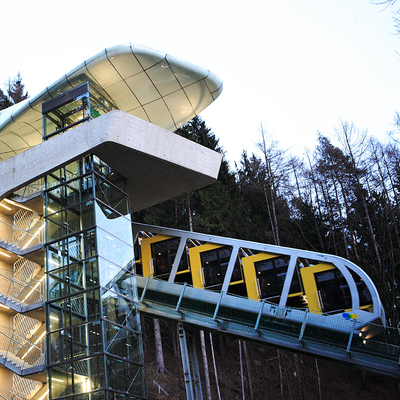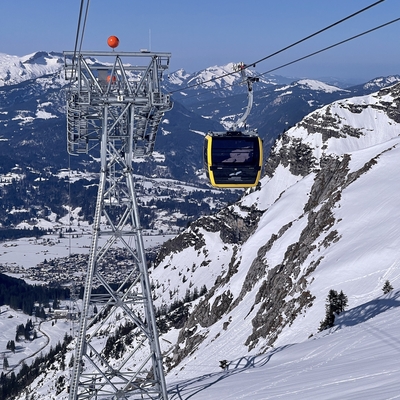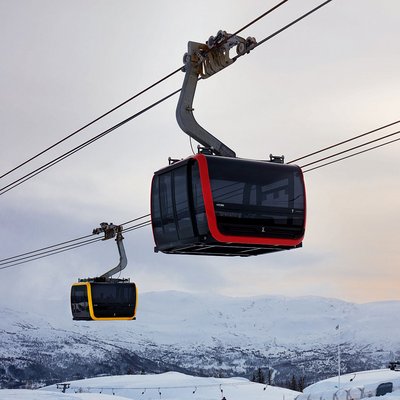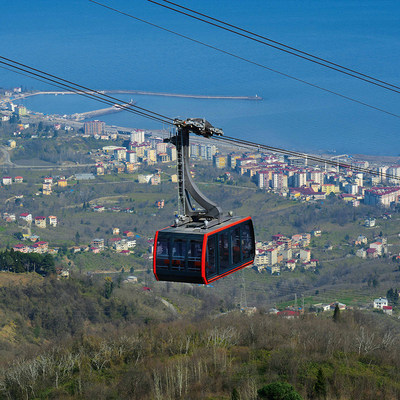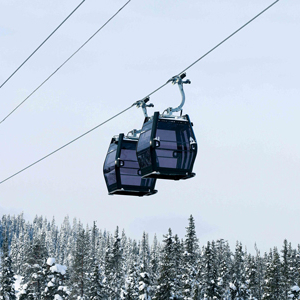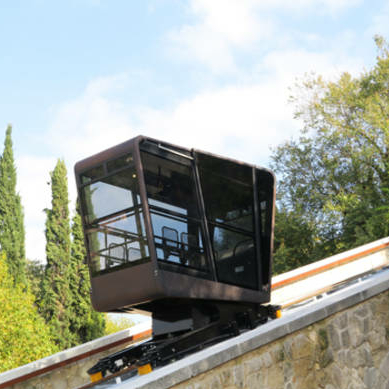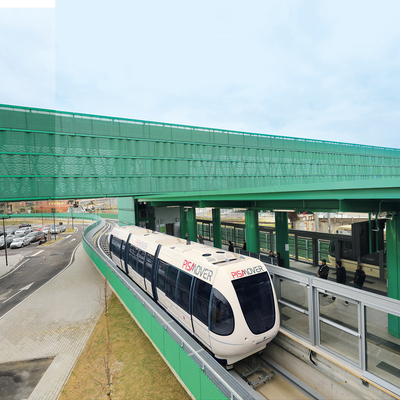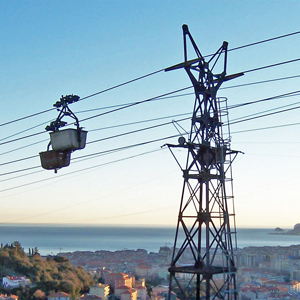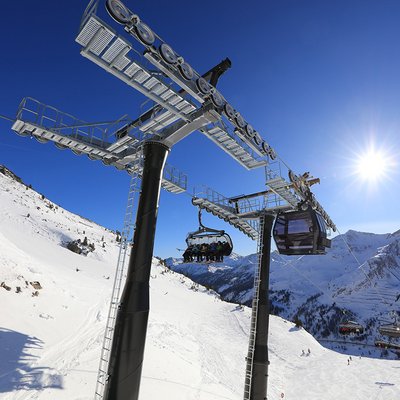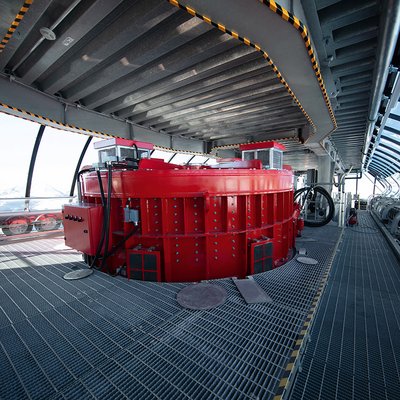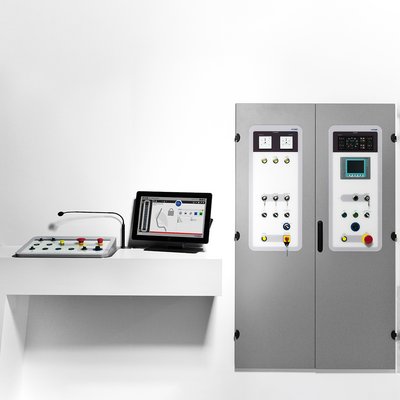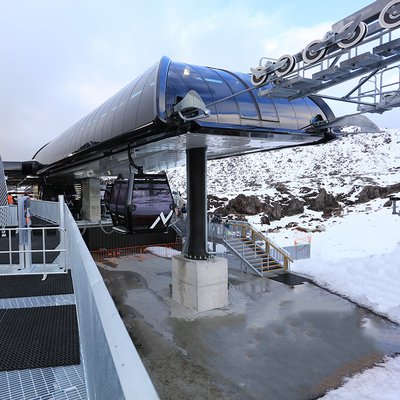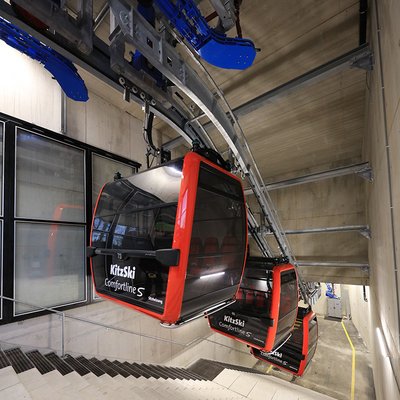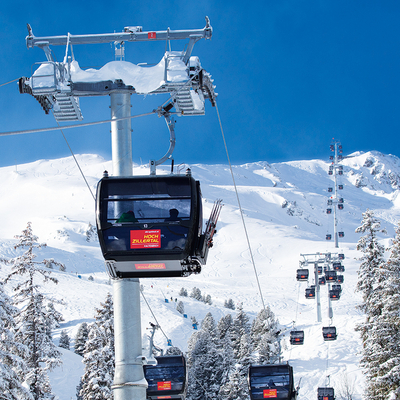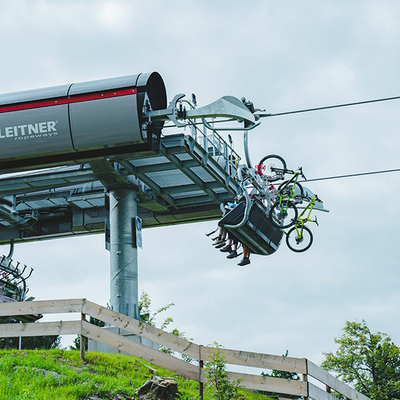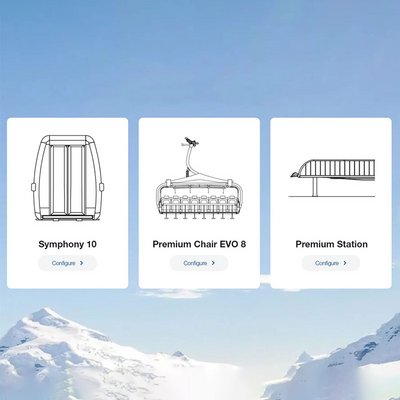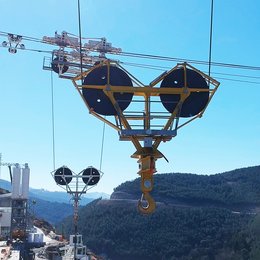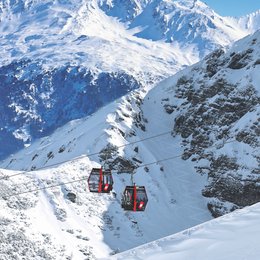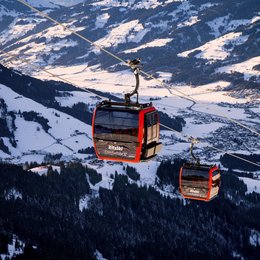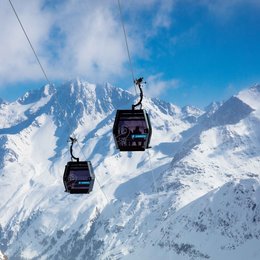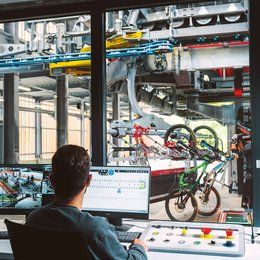Construction of ropeways
The stations, the line, the vehicles and the garaging system are the main components of ropeways; they are made up of different standard or special elements.
During the tendering phase for an installation, the sales manager of a ropeway company collates all the requirements of the customer. With the support of the technical office, suitable proposals are then drawn up to fulfill these requirements.
After the signing of the contract, a “working group” is formed and a “project manager” nominated.
The project manager is responsible for ensuring that the defined project objectives are met. These objectives are discussed with the working group during the “kick-off meeting” and the project is then launched.
Before the implementation commences, all the technical documents, such as drawings, calculations and reports, will be produced so that the installation can be approved. These documents are then used for production purposes and the acquisition of the components as well as for the construction and assembly work.
Phase A
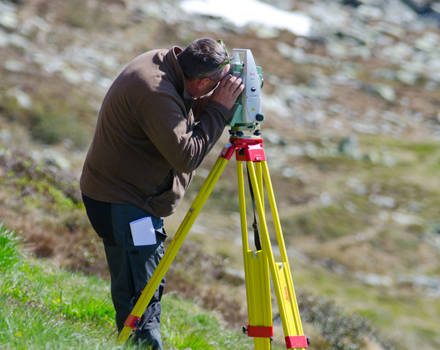
Topographical, geological and geotechnical inspection: The topographical inspection consists of the surveying of the terrain and the production of a graphical representation of it. The composition and structure of the terrain is checked during the geotechnical and geological inspection. These calculations are very important for the correct planning of the installation.
Pegging: This procedure is considered to be very important. Reference points are fixed on the ground that will be useful for the next steps (excavation and reinforced concrete works).
Excavation: Depending on the consistency of the ground on which the system is to be installed, various machines, such as heavy-duty excavators for large-scale excavations or walking excavators for inaccessible areas, are used.
Reinforced concrete work: The basic structures of the installation, such as the foundations for the stations, the support towers, the duty rooms or the parking buildings, are partly or completely made of reinforced concrete.
In the meantime, the availability of standard elements, like the roller batteries or the load-bearing structures for the stations, is checked. The mechanical and electrical project planning, the production and acquisition of specific elements, such as the drive, the rope or the support towers, is also carried out at this time so that all the components will be available ready for assembly.
Phase B
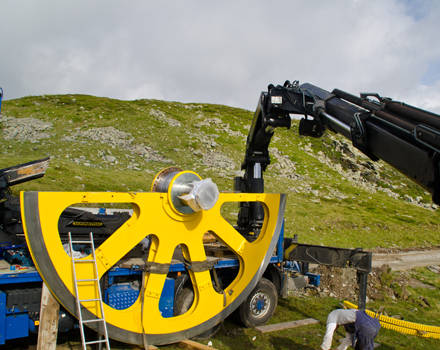
Transports and Logistics: The individual components are sent to the construction site. If the parts are to be sent overseas, they will be transported on ships in containers.
Phase C
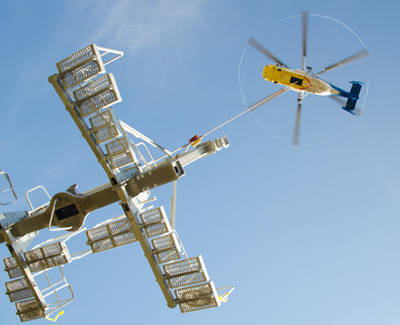
Assembling of steel parts: The steel parts are assembled in a modular fashion. To facilitate and accelerate assembly on site, they will first be pre-assembled in the production hall. For the assembly stage, machines and facilities that are most suitable for the ground are used so that work will be possible even on difficult terrain. If the terrain is difficult to access, a helicopter or a ropeway will be used to transport components for the support towers and stations. The use of a helicopter is considered to be a major challenge as it demands very accurate and fast work.
Mechanical tools and covering: The brakes, the electrical motor, the gearbox, the hydraulic cylinder, etc. are built into the stations, whereas the station coverings will be fitted at the end.
Assembly of the rope: After the structural parts of the stations and the line have been fitted, it is time to tension the rope. The rope assembly is completed by splicing the rope. The assembly of the rope is the most interesting, but typically also the most difficult part of the building of a ropeway. It is performed by specialist companies.
Electrical wiring: The electricians establish the connection between the electrical control system and the electric motor and all other safety equipment in the stations and the support towers.
Mounting of the vehicles: The vehicles are fastened to the grips and hanged on the rope or put into the garage.
Phase D
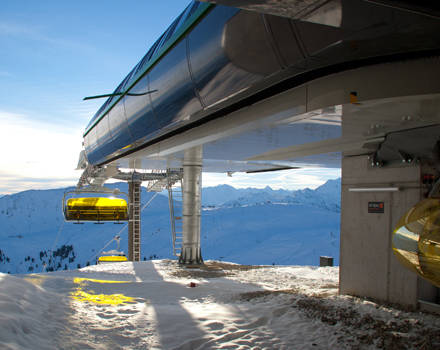
Adjustment of the mechanical system and commissioning of the electrical system: The mechanical adjustments are done post-assembly and the technical specialists carry out the electrical calibration.
Internal checks and technical approval: The project engineer and the other technicians perform the functional tests of the various components. The tests are then repeated in the presence of inspection authorities who check that everything is installed in accordance with the mandatory and country-specific stipulations.
